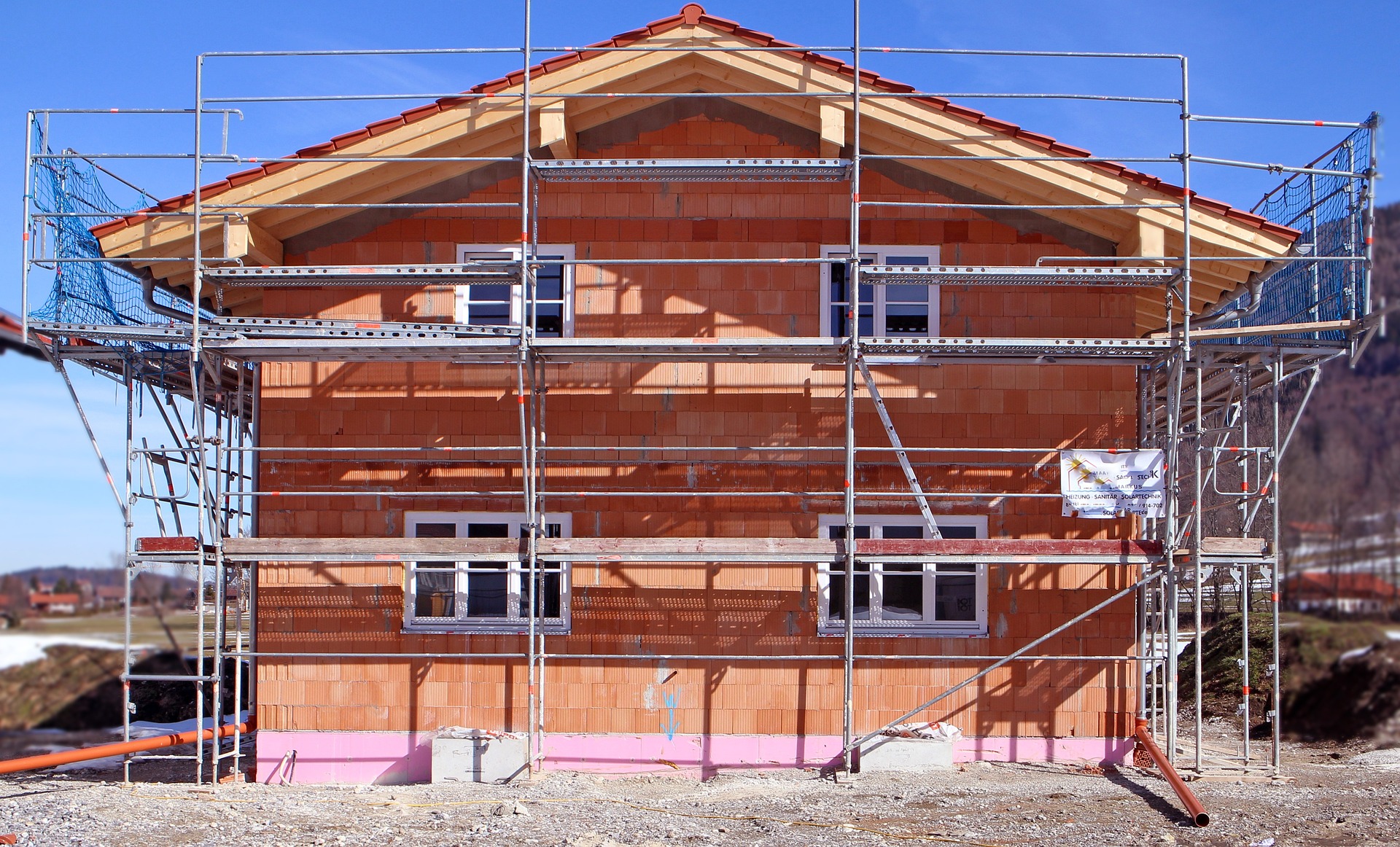The Rise of Shipping Container Homes: Sustainable Living Meets Modern Architecture
Shipping container homes represent an innovative intersection of sustainability, affordability, and modern architectural design. These unique dwellings repurpose industrial shipping containers into comfortable living spaces, offering a creative solution to both housing needs and environmental concerns. The transformation of these steel boxes into functional homes has gained significant momentum as people seek alternative housing options that combine practicality with eco-conscious living.

Benefits of Container Home Building
Converting shipping containers into homes offers several advantages over traditional construction methods. These structures are naturally disaster-resistant, thanks to their steel composition, and can be significantly faster to construct than conventional homes. The modular nature of containers allows for flexible design options, from simple single-container tiny homes to complex multi-story residences. Additionally, repurposing containers reduces the environmental impact of new construction materials.
Essential Considerations for Container Houses
Before embarking on a container home project, several factors require careful consideration. The containers must be thoroughly inspected for structural integrity and previous cargo history to ensure they’re suitable for residential conversion. Proper insulation is crucial, as steel conducts heat and cold efficiently. Local building codes and zoning regulations must also be reviewed, as some areas have specific requirements for container homes.
Design and Customization Options
Container homes offer extensive customization possibilities. Interior designs can range from industrial-chic to warm and traditional, depending on finishing materials and architectural choices. Common modifications include adding large windows for natural light, creating outdoor living spaces with cut-out walls, and incorporating green roofs for additional insulation and environmental benefits.
Cost Analysis and Investment Considerations
Container home costs vary significantly based on design complexity and location. Here’s a breakdown of typical expenses:
| Component | Basic Cost Range | Premium Cost Range |
|---|---|---|
| Single Container | $2,000-$5,000 | $6,000-$8,000 |
| Basic Conversion | $20,000-$40,000 | $50,000-$100,000 |
| Full Home Build | $40,000-$100,000 | $150,000-$200,000+ |
Prices, rates, or cost estimates mentioned in this article are based on the latest available information but may change over time. Independent research is advised before making financial decisions.
Sustainable Features and Environmental Impact
Container homes contribute to sustainable building practices by reusing existing materials and reducing construction waste. These structures can be equipped with solar panels, rainwater collection systems, and energy-efficient appliances to minimize their environmental footprint. The compact size of container homes naturally leads to reduced energy consumption for heating and cooling, making them an environmentally conscious housing choice.
The evolution of shipping container homes demonstrates how innovative thinking can transform industrial materials into sustainable living spaces. While these homes require careful planning and consideration, they offer a unique combination of durability, flexibility, and eco-friendly features that make them an attractive alternative to traditional housing options. As building techniques continue to advance and more people embrace alternative housing solutions, container homes are likely to remain at the forefront of sustainable architecture.






